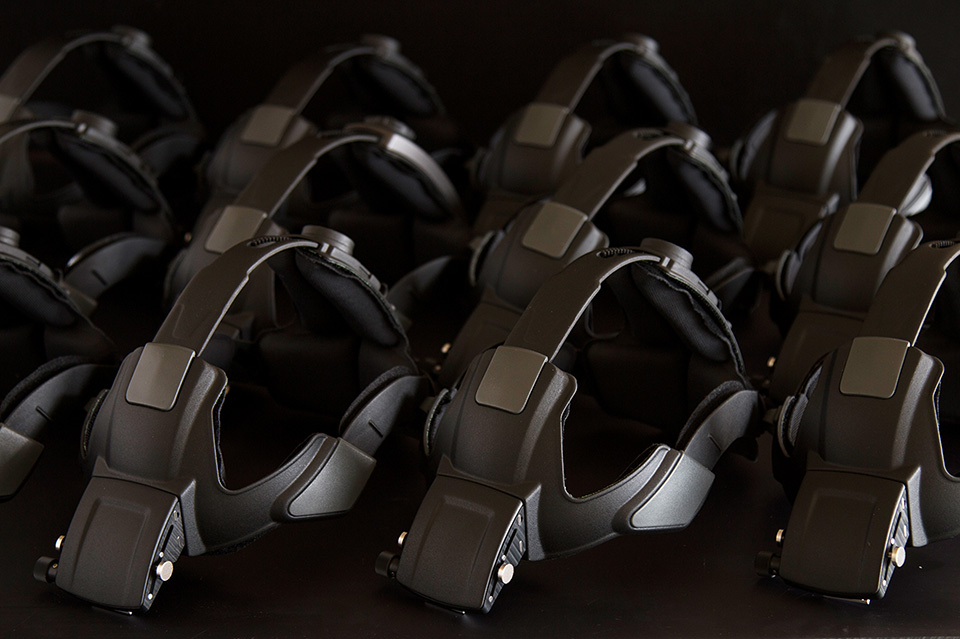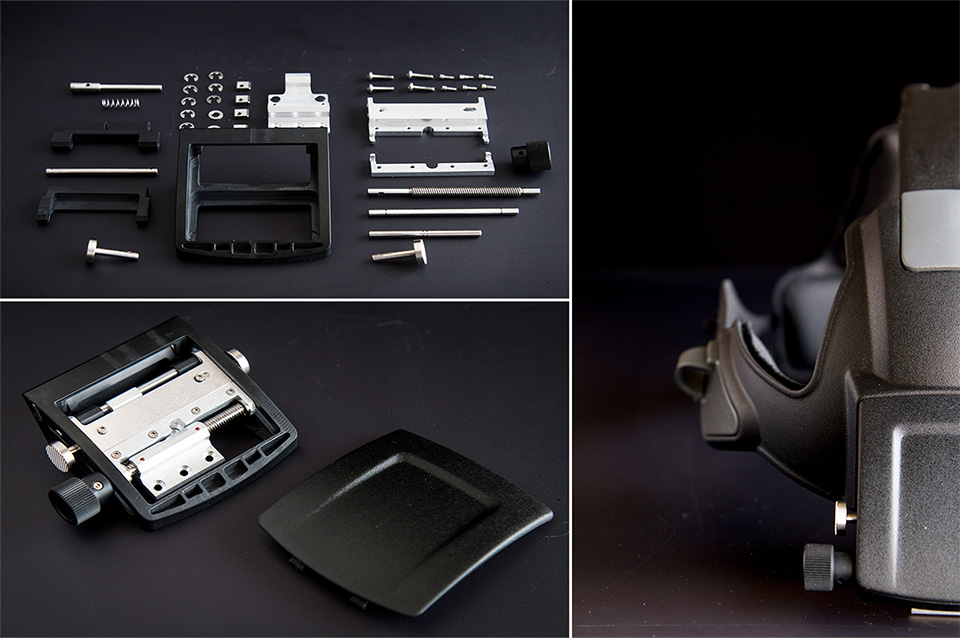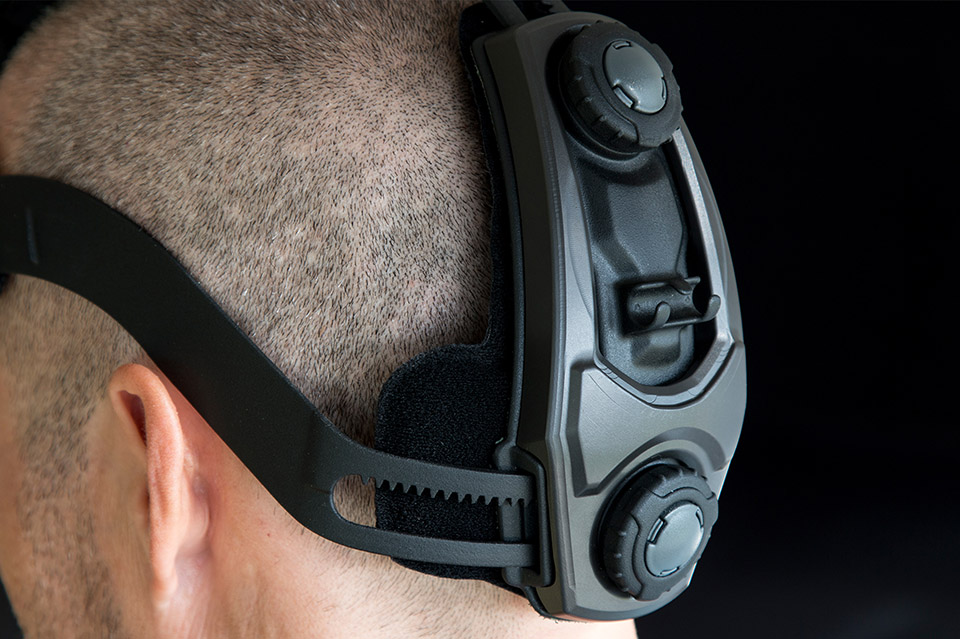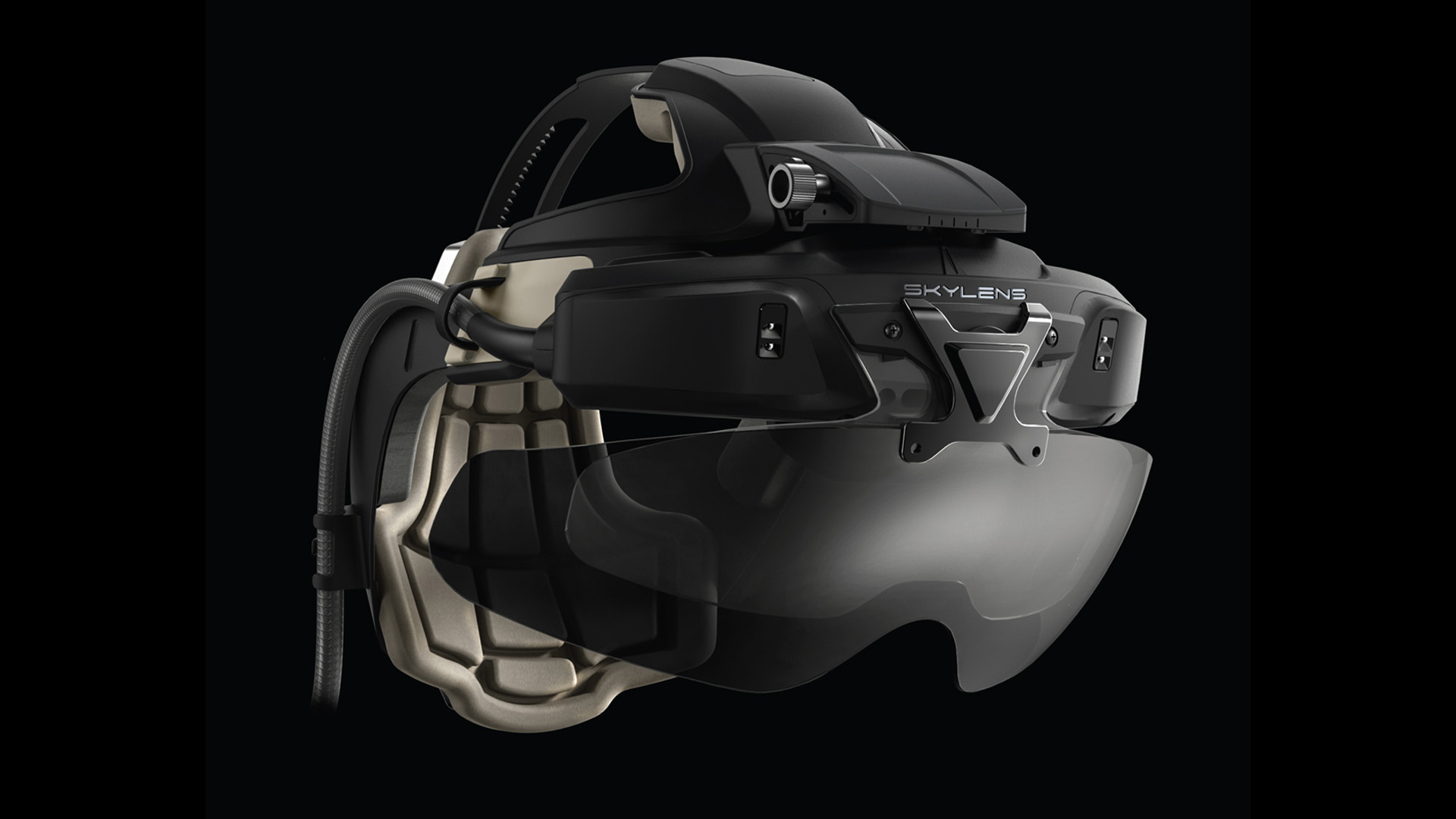HMD REVOLUTION
Mainstream adoption is finally starting to take off for virtual reality and augmented reality technology. The development happening in VR and AR today is certainly real: the industry is shifting from concepts to mass production, with a lot of investment and expectation from the outside. Facebook acquired Oculus, Microsoft is developing HoloLens, Sony and HTC also presented VR headsets. Bringing your own head-mounted display (HMD) to the market is a very desirable trend, but also a challenging mission, even for a mature corporation, that requires a whole lot of specialized knowledge and experience. Today, only a few teams possess both, and Nekuda is among them: we have been designing HMDs for 16 years.
Two main points of our expertise are: understanding the anthropometry of a head and being good at integrating optics and electronics. We have generated that experience working on numerous projects involving VR and AR headsets, smart glasses, safety glasses and other relevant devices. At any point in time, there are several HMD projects under development in our studio — for different markets and various use cases. Some of our clients need a headset to support their software, others are coming from the optics background and so on.

INTEGRATION OPERATION
Developing Skylens, like with any other HMD project, we moved through four phases: ergonomics (making it comfortable), mechanical design (Functional – making sure it works well), industrial design (Desirable – making it look nice) and integration (making it all come together). The last part is the most critical because placing any device on a human head presents a diversity of challenges such as eye positioning, weight bearing, the center of gravity and sensitivity to heat.


AVIATION INNOVATION
Over a decade of systematic research, we have collected a bank of 3D human head scans and accumulated a vast expertise in anthropometrics, a science of human dimensions. For industrial designers, anthropometrics is important because it affects both comfort and sight. Sooner or later this issue hits every VR or AR company: to calibrate distance between pupils and optics as well as eye-relief distance to enable the comfortable continuous use of a headset. Another major part of any HMD project is distributing weight and dissipating heat. No one puts these 450 grams on their head for the sake of having it there; a headset is always a means to experience. Nekuda designed the Skylens HMD together with Elbit Systems, giving commercial pilots access to a range of flight information no matter the weather, in a lightweight, intuitive device.

For more information on the Skylens system,
https://elbitsystems.com/media/Skylens_Aviation_Award_2016.pdf
